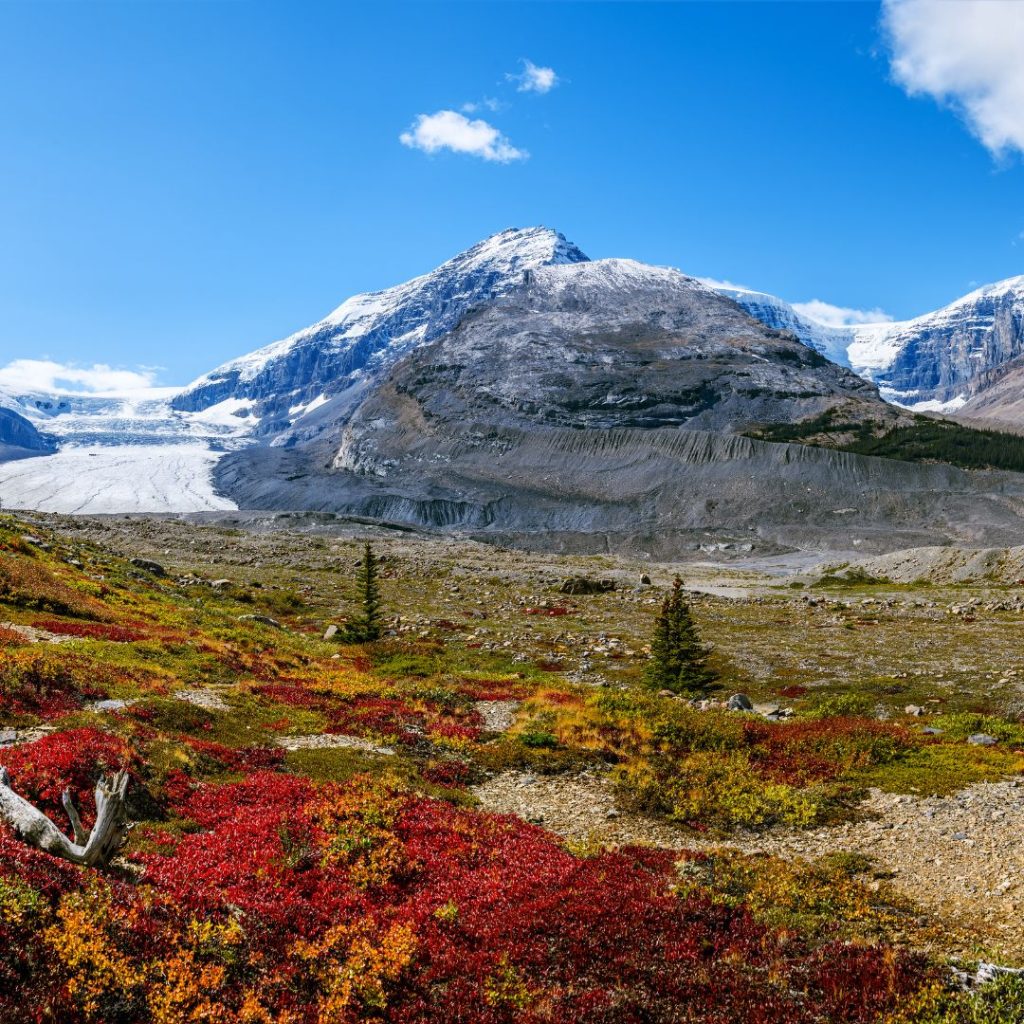Planet could look very different in 500 years

A number of studies have already shed light on the impact of climate change on our planet and its ecosystems. An international team of scientists from ETH Zurich has now developed a climate model for the future that extends to the year 2500. According to one of the possible scenarios, up to 50% of the current ecosystems will no longer be found in today's areas in the next 500 years. This would have a massive impact on the lives of future generations.
The researchers led by Bethany Allen at ETH Zurich have taken on the difficult task of developing a climate future model with three different CO2 emission scenarios for the next 500 years, thereby closing the existing data gap. In the abstract of the study, which was published in the journal Philosophical Transactions of the Royal Society B Biological Sciences, the scientists explain that the time horizon up to 2100 "limits our understanding of the temporal scale of climate impacts and may prevent appropriate adaptation measures" as the reason for the study. They assume that the effects of anthropogenic, i.e. man-made, climate change will continue to have an impact even after the climate targets have been met.
The aim of the study was to use a climate future model to investigate the changes in climatic influences on vegetation worldwide, the feasibility of the migration required to implement these modeled vegetation shifts and possible overlaps with human land use on the basis of current large-scale habitats.
The most important statements summarized:
- Three possible climate scenarios were finally defined and three possible scenarios were described on the basis of these:
- RCP2.6 stands for a significant reduction in anthropogenic greenhouse gas emissions
- RCP4.5 and RCP6 are medium stabilization scenarios with moderate and limited reduction levels respectively
- In an RCP 4.5 - or "business-as-usual" scenario, the temperature is expected to rise by around 2.5 to 3 degrees by 2100, meaning that 35% of land areas will already be adapted to a different ecosystem by 2100 and up to 40% by 2500.
- With RCP6, this will even be up to 50% of the land area by 2500
- The greatest loss of suitable areas is predicted for the boreal forest and the dry tundra.
- This means a loss of wood areas and also of existing CO2 sinks
- Desert areas, grasslands and tropical scrublands will increase
- Without remedial action, these changes could have serious consequences for both global biodiversity and the provision of ecosystem services.
- The biodiversity of the fauna will be doubly threatened by climate change and the loss or migration of the vegetation on which it depends and will either have to migrate together or adapt in order to survive. However, joint migration only works if the shift does not happen too quickly and the distances are not too great.
"If the distances are so great in the future, then the probability of plants migrating there is practically zero," Bethany Allen is quoted as saying in the Süddeutsche Zeitung.
"However, as some regions become less habitable, others may open up, and society must develop plausible, desirable and equitable strategies to share landscapes, maintain access to ecosystem services and avoid conflict while learning to live with these changes," the scientists say in the study.
In their closing remarks, the researchers explain the importance of a better and deeper understanding of the effects of climate change and the shift in global ecosystems after 2100.
Our pro.earth. Conclusion: When I first read through the results of the study, I felt sick for a moment. I find it very difficult to imagine the shift of 50% of all ecosystems in just 500 years - let alone the associated effects on plants, animals and us humans. Unimaginable.






